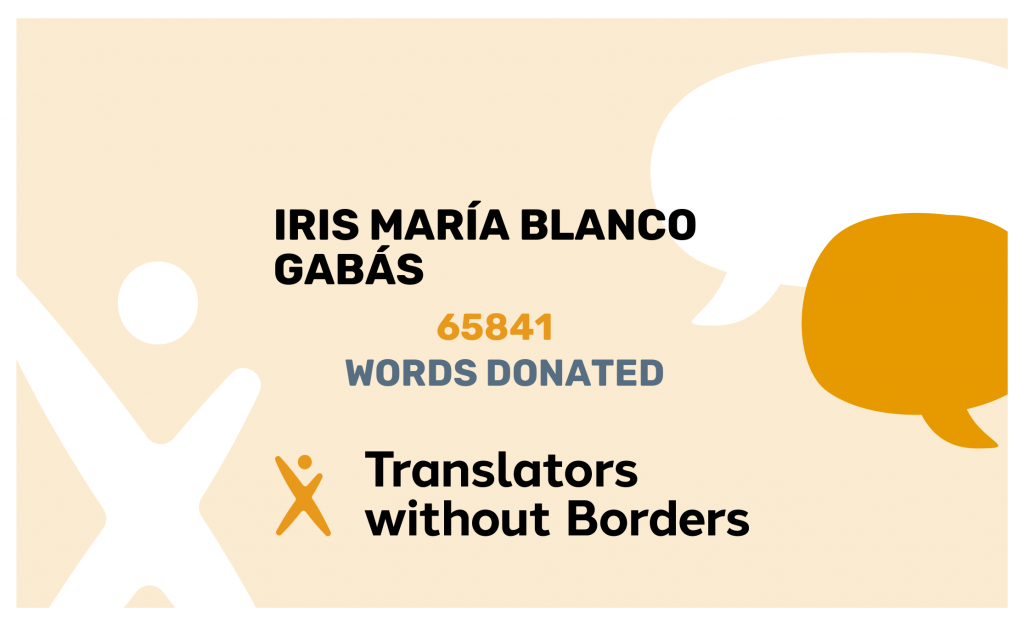Frequently asked questions
- How are you qualified to help me?
My academic background is entirely related to linguistics and translation – from university degrees (BA and MA) to Continuing Professional Development (CPD) courses. Alongside that, I’ve been working as a translator and proofreader since 2018, both in-house and as a freelancer.
In addition, as an Associate Member of the Institute of Translation & Interpreting, I adhere to the ITI Code of Professional Conduct, meaning I translate into my native language, maintain the highest standards of work and provide complete confidentiality at all times, alongside other professional principles.
- What is your translation process?
- Quote. If possible, please send me all the materials that need to be translated. That way, I’ll be able to provide you with an accurate quote and deadline. If that’s not feasible, please provide as much information as possible: word count, format, level of specialisation, topic, sample text and any other relevant details. I’ll then be able to send you an estimate of the cost and let you know the turnaround time for the project.
- Acceptance of the quote and Terms of Business. I’ll send you these documents and, once you accept them in writing, I’ll start work on the project.
- Translation. I’ll start off by researching the topic and studying all the guidelines and reference materials provided, if any. During the translation, I might get in touch with questions or to ask for clarification.
- Revision. Once I finish the translation, I’ll revise the text to ensure its quality.
- Delivery and follow-up. I’ll send you the completed project via email. I might send you a follow-up afterwards to check whether you’re satisfied with the result. You can check the translation and, if you would like something changed or have any suggestions for improvements, just let me know.
- What differentiates freelance providers from translation agencies?
Freelance providers work alone or in collaboration with other language professionals (revisers, proofreaders, copywriters). The whole process is performed by the same person, or maybe by two or three people if there are several services involved (e.g. translation + revision by a second linguist). That means a freelancer offers a more personalised service: you can choose the right professional for your project and you will be in direct contact with the translator throughout the process.
Freelancers offer a lot of transparency, in the sense that you will know exactly who is going to work on your project, with access to their website, professional profiles, email and phone number.
Translation agencies usually offer several types of service and multiple language combinations. They usually have several in-house employees (Account Managers, Project Managers, LQA, etc.) and collaborate with linguists on a freelance basis. Generally speaking, the customer and the translator can’t communicate directly.
The service is less personalised, but more convenient if you need the document to be translated into lots of different languages, because an agency can provide multiple language combinations.
- Do you offer interpreting services?
No, I only offer written translations. Interpreting, which is the transfer of one spoken or signed language to another, is outside my area of expertise. To find a qualified interpreter in your area, check the directory of the corresponding national translation association. For instance, ITI in the UK, ATA in the USA or Asetrad in Spain.
- Do you offer certified translations? And sworn translations?
No. Certified and sworn translations vary significantly from country to country. Usually, a certified translator has been recognised by an organisation as having the proper qualifications to translate from one language into another (e.g. ITI and CIOL in the UK). Sworn translators are normally authorised by a public body to perform legal and official translations. In Spain, for example, certain documents require a sworn translator.
If you have been asked to submit a certified or sworn translation of a document, I recommend you check the exact requirements with the body in question.
- How much does a translation cost and what is the turnaround time?
Every project is unique and has distinctive features that need to be addressed separately. The cost and deadline of a translation depend on many different factors, such as word count, format, level of specialisation, editing needs, etc. To get a quote and turnaround time for your project, just click on “Get a free quote” at the end of this page, and I’ll provide all the information you need.
- Why should I choose a human translator instead of machine translation?
Machine translation lacks the creativity and accuracy of a professional linguist. Humans can interpret certain language elements, such as puns, idioms, ambiguous sentences and highly-specialised terminology, and convert them into the target language. Machine translation has improved significantly in recent years, but it still doesn’t match up to human work.
If you want a translation that’s meaningful, personalised, culturally sensitive and tailored to your audience, you should choose a human professional. Otherwise, your clothes’ labels may end up reading “Hierro chulo” (Nice iron) rather than “Planchar a baja temperatura” (Cool iron) – true story.
- Which payment methods can I use?
The payment methods I currently offer are bank transfer, PayPal, Stripe or Payoneer, although I’m open to discussing other possibilities.


